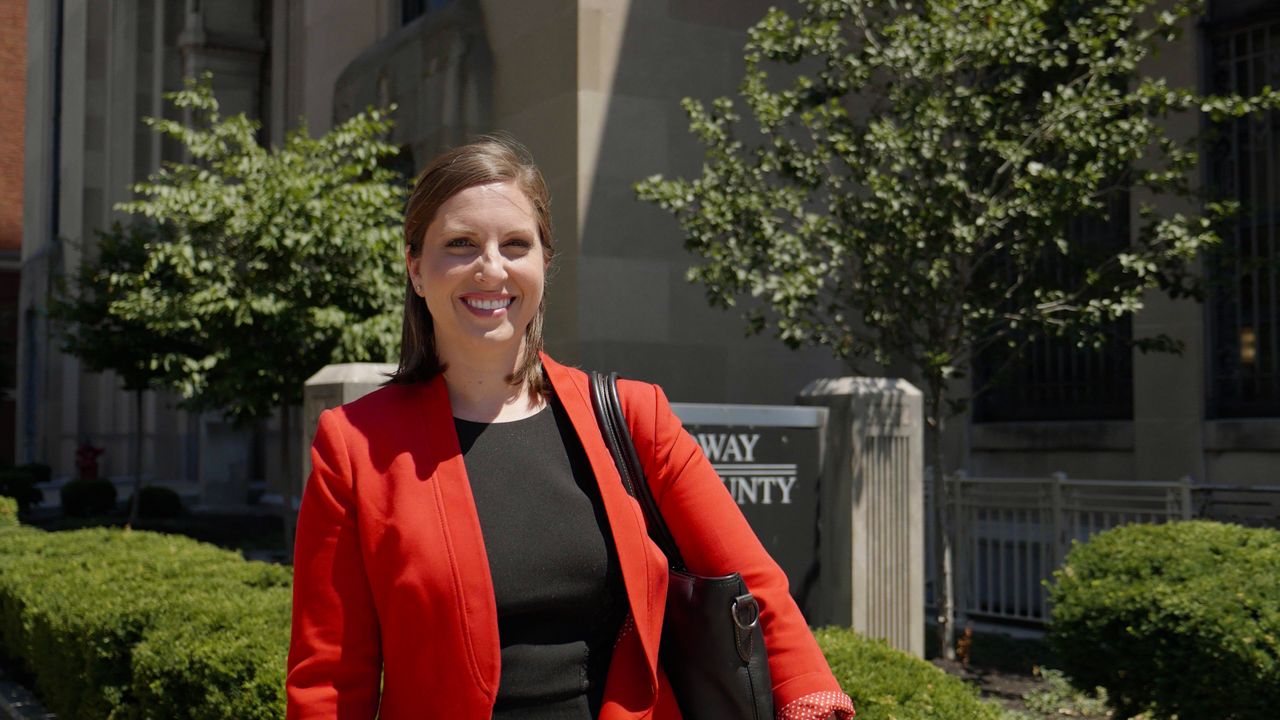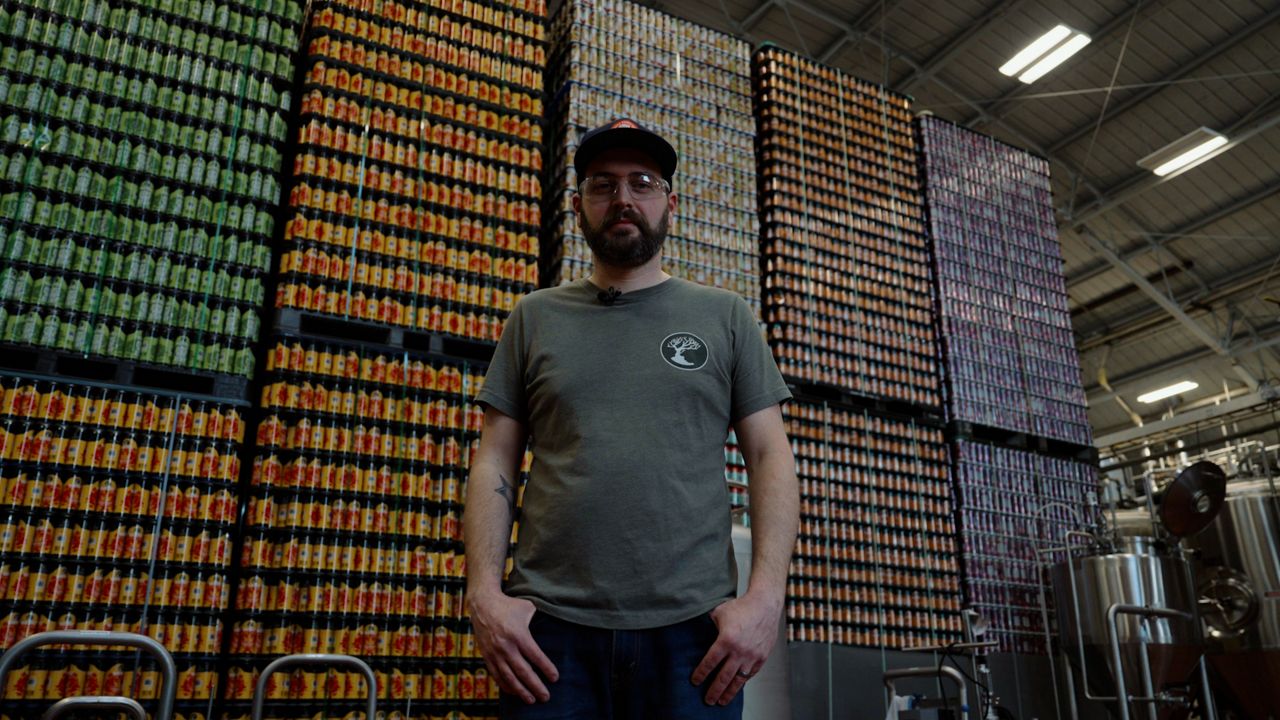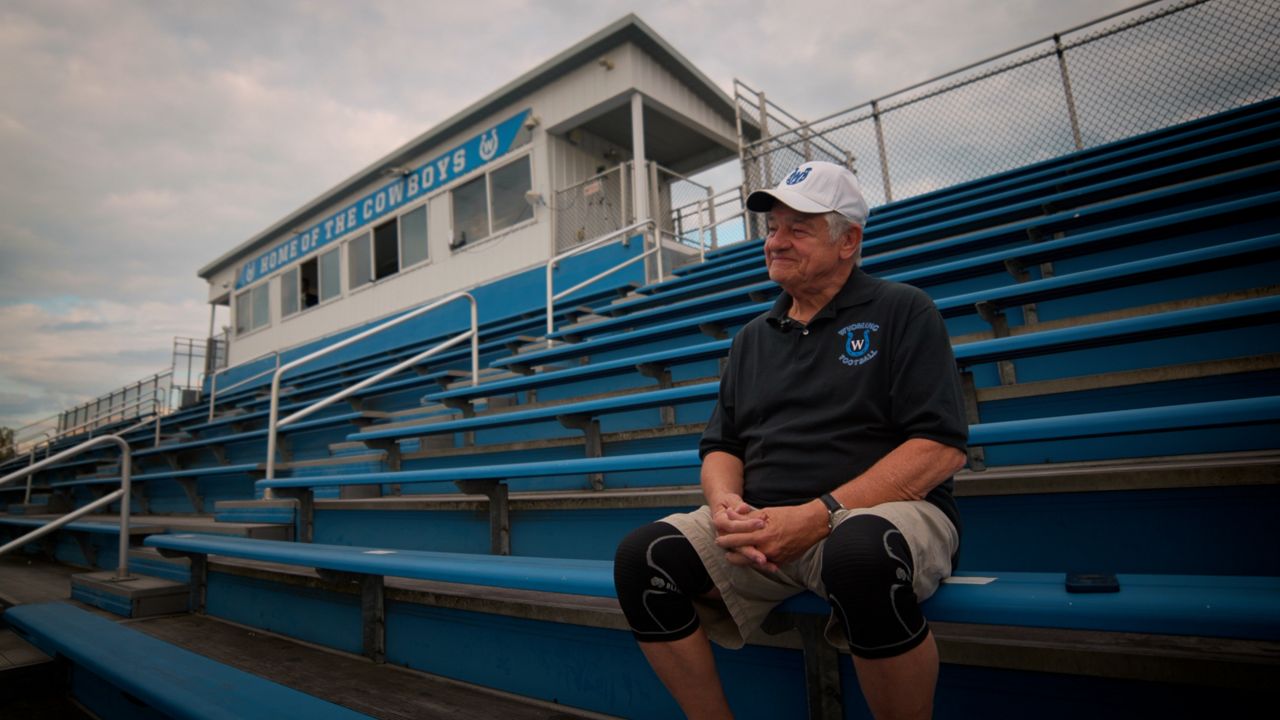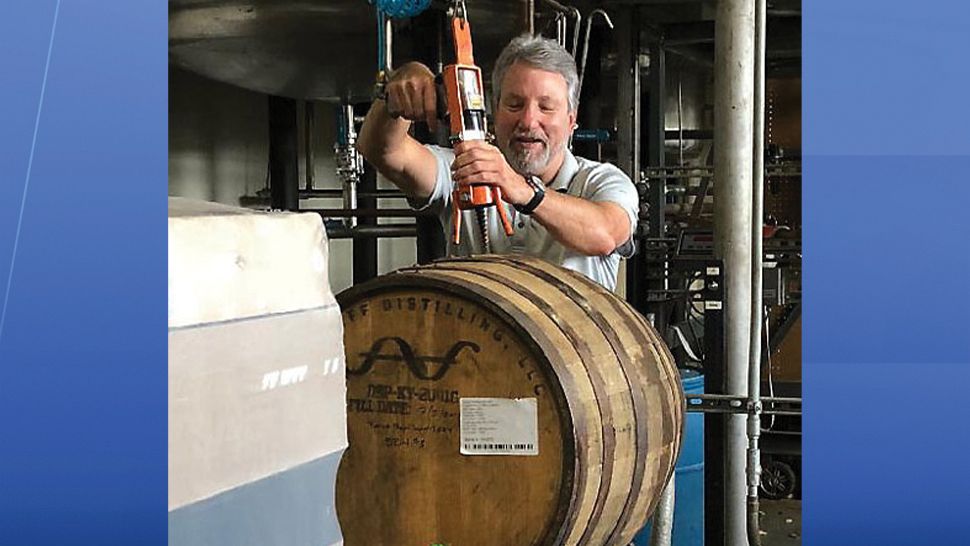CINCINNATI, Ohio — Brad Gerard is the technical director and scenic design teacher at the School for Creative and Performing Arts (SCPA), a public arts magnet in Cincinnati.
In his 30th year at SCPA, Gerard shows no sign of slowing down.
“We put out a production about every four to five weeks," he said. "So from beginning to end from the start, what you see in the theater today, you know, all the (props) all created by the students, designed by the students, and made by the students.”
Planning for multiple shows at once means that students are learning time management and project planning alongside the technical skills needed to build and create life-size props that move on and off stage and even break apart or change on stage.
“We just did 'Peter and the Star Catcher’, and we had these two large ships and one of them had to break apart during the middle of the show," he said. "So I said to two or three students, ‘Hey, you guys, I need you to build these ships. And oh, by the way, you have eight days to build them'. And so they started figuring out sizes and proportions, and then they start cutting paper to come up with scale and size. And then from that they started pulling foam off the shelf and wood off the shelf and figuring out how to put the pieces together to make these ships and make these pieces and create these beautiful elements,”
Gerard said that planning for a show starts 12 to 14 weeks in advance, and creating happens over a five to six-week period. And then there’s tech week where everything gets tested to make sure it all works on stage with the actors and behind the scenes.
Tech week is the most demanding period.
”We're usually after school till eight or nine o'clock, pulling all the pieces together," Gerard said. "That's where we bring the sets, the lights, the costuming, and everything together to create the final product."
But the long days and nights are worth it.
“We are a family. We're all working as a team," he said. "It works beautifully, and it really makes it come alive. And that's really what we're creating. We're creating live theater, and so the students are a part of that."
And the pay-off is real.
“There's been a couple times where we'll open a show, either Act one or Act two, and all of a sudden the audience will like, start applauding and…we haven't started the show yet," he said. "So (the students) know that the applause is for the lights, the sound, the costumes and the scenery that they're seeing on stage. And they're amazed by what they see. And that's what brings it all together. It's that magic that comes to life.”
In addition to audience response, Gerard enjoys seeing where his students go after graduation. He said he has former students in jobs across the arts world, from the opera to the ballet, to traveling Broadway shows and union jobs in the trades.
“And I wouldn't trade it for the world. I've loved every minute of it. You know, watching the kids grow up and watching, you know, a seventh grader become a 12th grader. It's been just such an amazing experience,” Gerard said.











